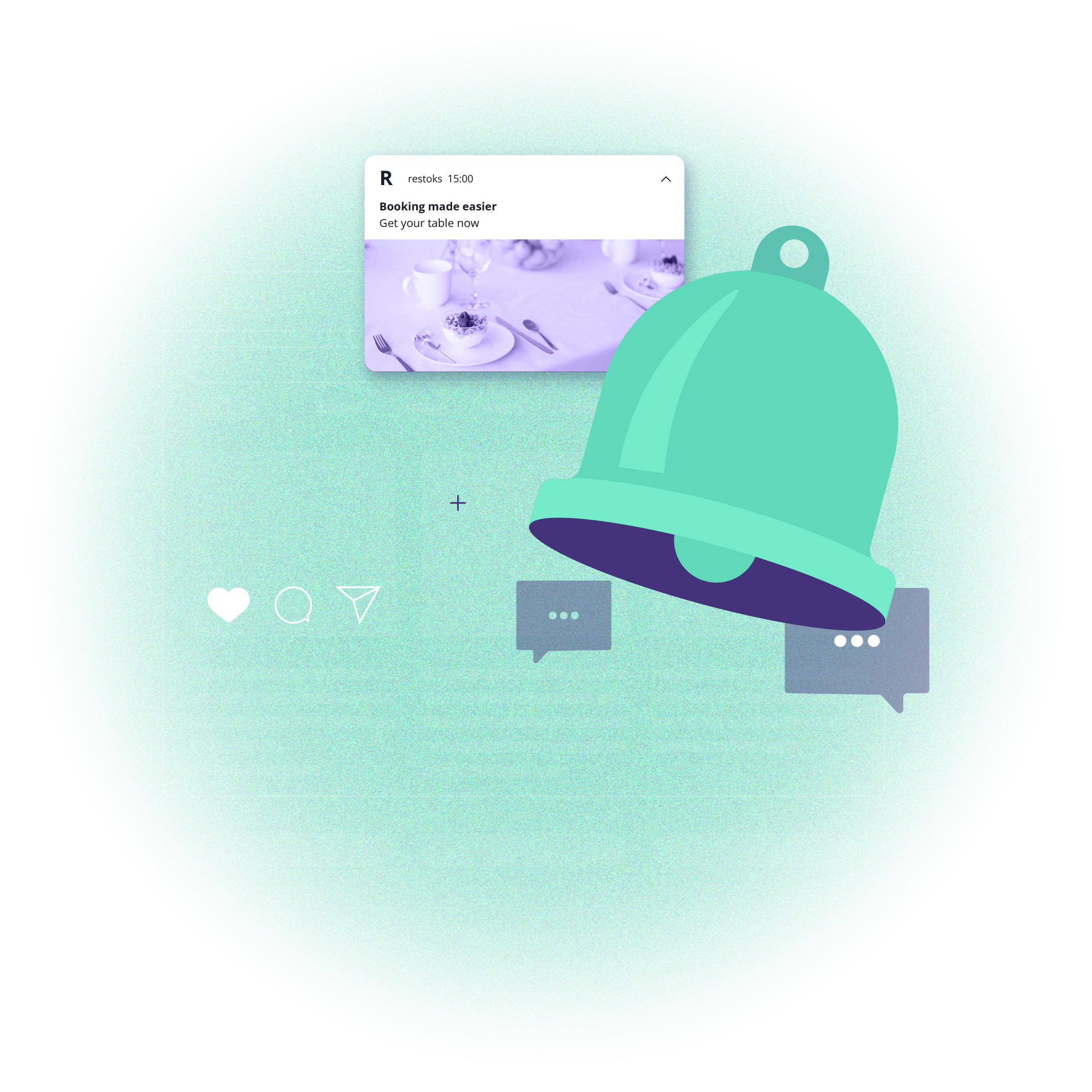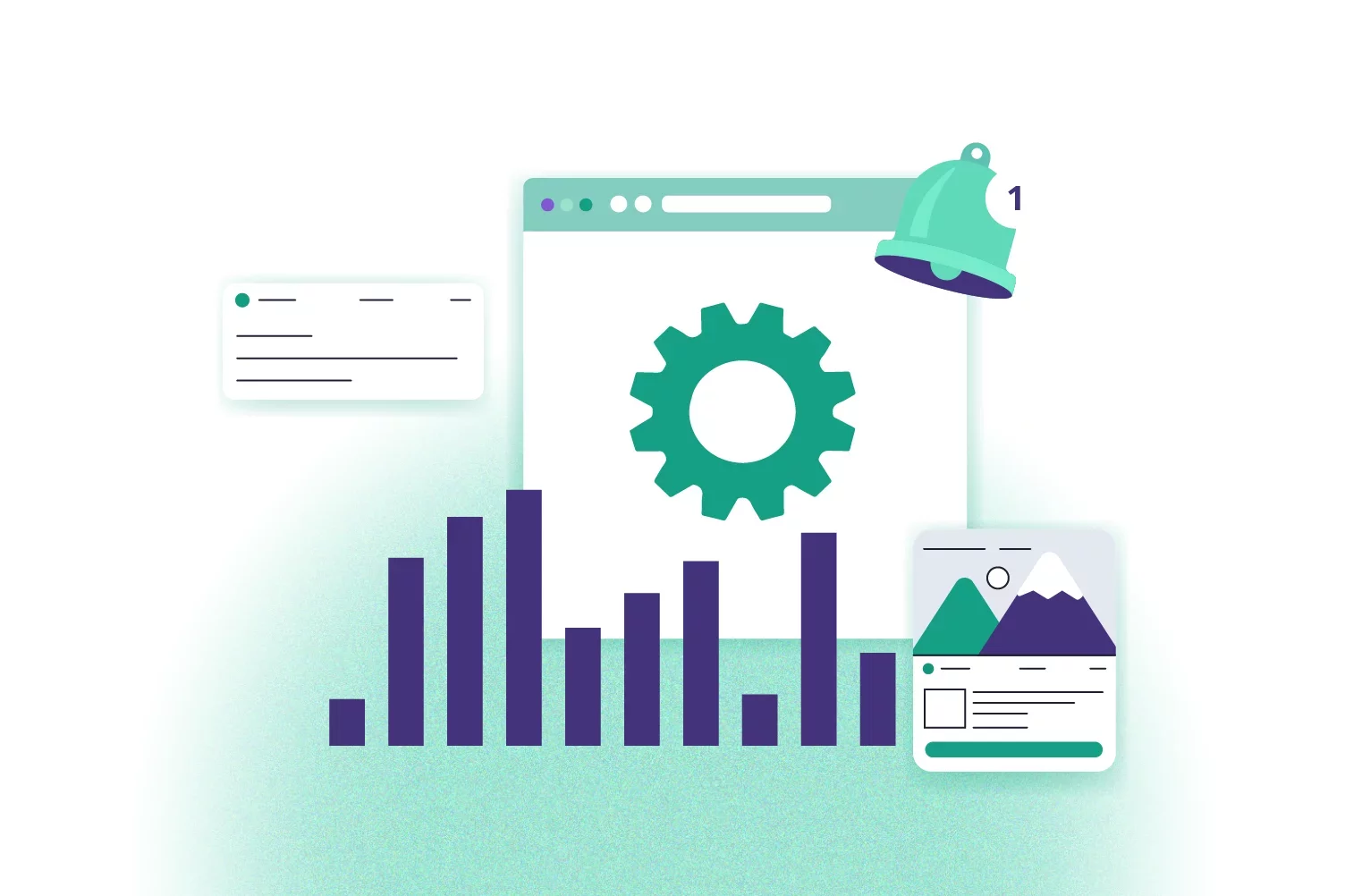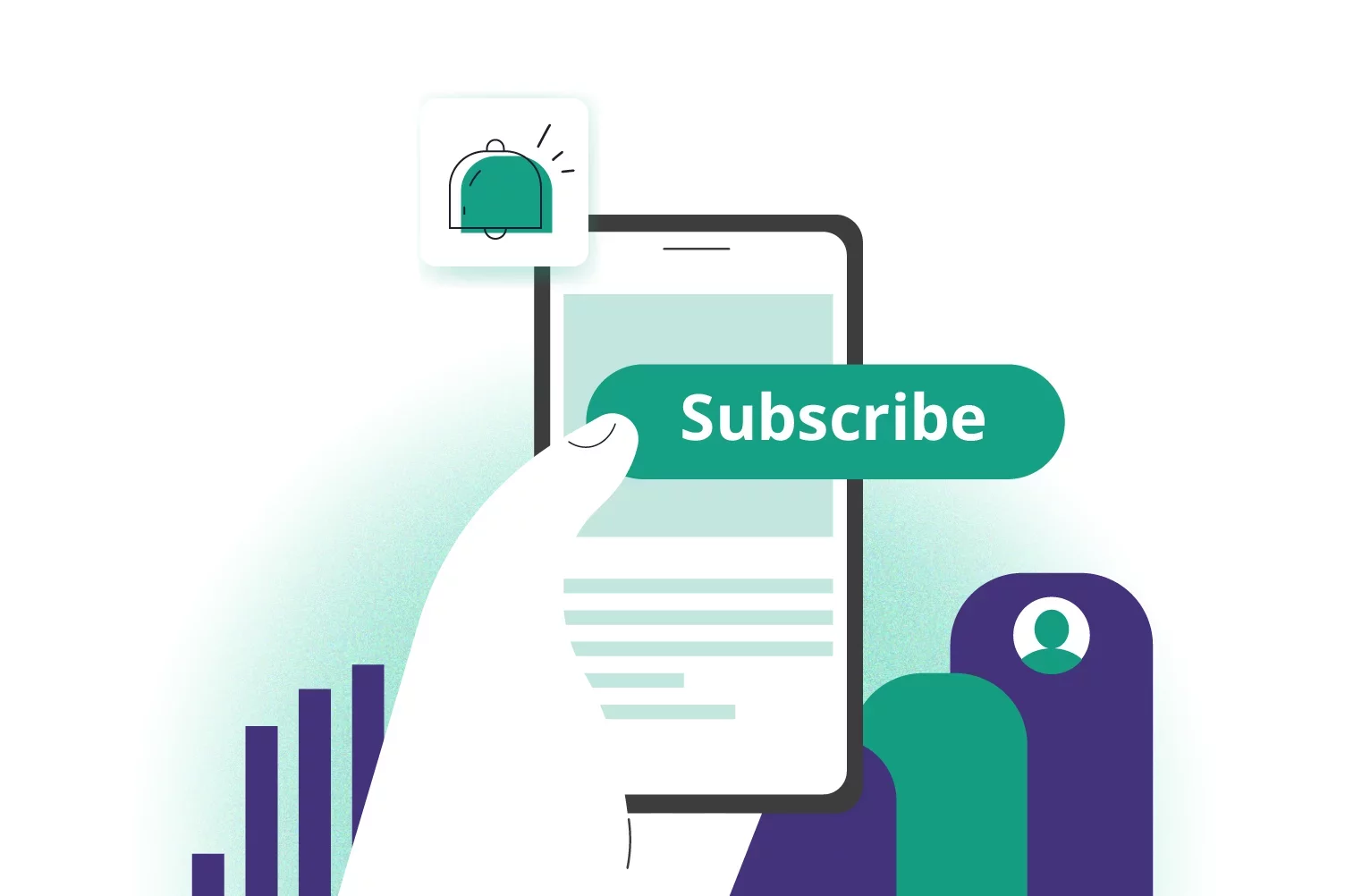Streamline content and update delivery using RSS

What is RSS?
RSS stands for Really Simple Syndication or RDF Site Summary. It's a technology used to subscribe to website content such as blog posts, news headlines, podcasts, and other regularly updated content. RSS allows users to stay updated on their favorite websites. When new content is published on a website with an RSS feed, it is automatically sent to subscribers' RSS feed readers or aggregators, allowing them to access the latest updates in one place. RSS feeds typically contain headlines, summaries, and links to the full articles or content, making it easy for users to browse and consume information from multiple sources efficiently. If a specific article piques users’ interest, they can then proceed to the respective sites to read the full content.
By using RSS and push notifications together, subscribers can receive updates instantly on their mobile and desktop devices without opening an RSS feed reader and proceed to the publishers’ website directly to read the whole article.
Goals
Deliver updates instantly.
Automate the content distribution process and reduce the time spent on creating push campaigns.
Enhance user engagement.
RSS and push notifications

Integration with RSS enables the PushPushGo app to retrieve the title, description, image, and link from the XML file as soon as it is updated and to send automatic push notifications to subscribers.
Handy advice
RSS in combination with push notifications is undoubtedly a powerful tool. However, it's important to remember that because push notifications deliver updates directly to users’ screens, they can be intrusive if not managed carefully.
When a site generates a lot of updates, there's a risk of overwhelming users with a flood of notifications. This inundation can lead to user dissatisfaction and, ultimately, an increase in unsubscriptions. Therefore, content providers need to strike a balance between providing timely information and respecting the users. To address this issue, we recommend implementing daily push capping. Moreover, segmentation can be implemented. Content creators can prepare an RSS feed for different segments, ensuring subscribers receive only the content relevant to their interests.
An alternative approach to prevent the risk of inundating your readers with push notifications is to set up a scenario that requires approval before sending notifications. In this case, draft notifications are prepared in the account, and approval is required before they are sent out.
Is RSS only for content publishers?
In addition to its traditional use in news and media, RSS can also find application in diverse industries like e-commerce and travel. For instance, e-commerce platforms can leverage RSS to notify customers about new product offerings or updates.
Once again, we urge caution, especially when dealing with frequent updates. If a company sends out notifications for every new product or update, it risks overwhelming users with excessive messages, leading to high unsubscribe rates. Thus, using RSS judiciously is advisable, limiting notifications to significant updates, and employing segmentation and capping to ensure push notifications add value to the user experience. While RSS can be an option for certain companies, focusing on targeted and personalized communication is a more effective strategy for many rather than solely relying on RSS-generated push notifications.
Try PushPushGo to engage and connect with your audience.
Create an account and start testing!

Learn more about engagement tools
PushPushGo - your engagement hub
Web push | Mobile push | Transactional notifications
Onsite notifications | Pop-up | In-app | WhatsApp channels



